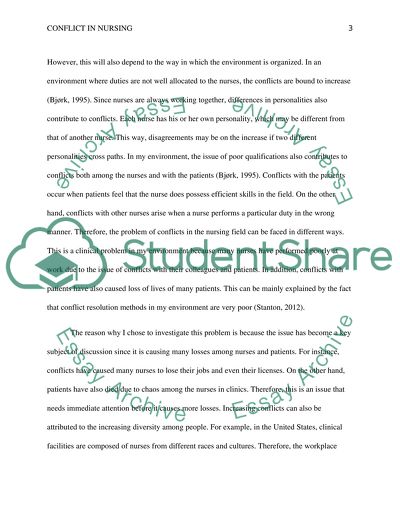Cite this document
(“Therapeutic Nursing Interventions Research Paper”, n.d.)
Retrieved from https://studentshare.org/nursing/1480652-therapeutic-nursing-interventions
Retrieved from https://studentshare.org/nursing/1480652-therapeutic-nursing-interventions
(Therapeutic Nursing Interventions Research Paper)
https://studentshare.org/nursing/1480652-therapeutic-nursing-interventions.
https://studentshare.org/nursing/1480652-therapeutic-nursing-interventions.
“Therapeutic Nursing Interventions Research Paper”, n.d. https://studentshare.org/nursing/1480652-therapeutic-nursing-interventions.


